Shanling Controller App Support
The Shanling BA1 Controller application is available on both Google Play Store and Apple App Store. You pair the BA1 with your phone and the app will automatically detect the BA1 and show you available settings and adjustments. Via the app, you can adjust the digital volume of the device, set priority for codecs such as LDAC or LHDC, change DAC filters between 7 options and meddle with the integrated EQ. The app is simple and easy to use. It works quite fast with my Android 12 phone and I haven’t experienced any bugs or issues with it.
I also use PowerAmp EQ with my wireless devices, on some occasions, it works better than any other EQ software that I have available, I am including a link here for you to check it out. Note that I have not used any EQ while evaluating the device.
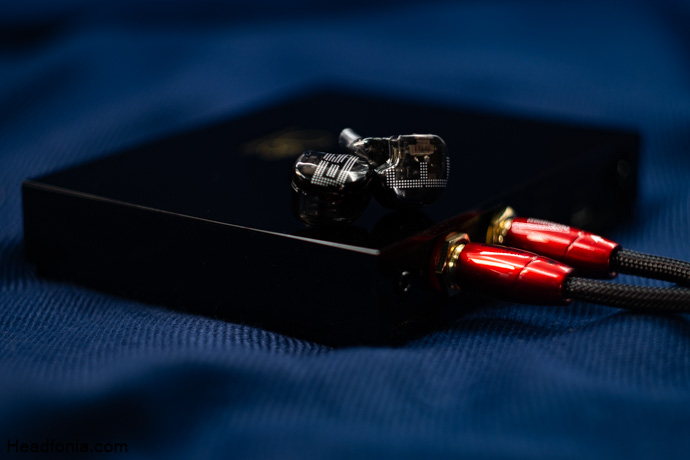
Sound Performance
Shanling has produced very successful products in the field of wireless sound in the past period. After products such as MW200, UP5, UP4 that support LDAC and have very good wireless audio performance, I was quite excited about the BA1. I can safely say that my excitement was not in vain, but right now the wireless industry is very competitive and we see many good products debuting.
Many successful devices have been launched by SMSL, Topping, and FiiO in the last couple of months and the Shanling BA1 has quite a few formidable rivals. Compared to these devices, the BA1 comes with an integrated amplifier stage, something that none of them offers, putting it in the class of all-in-one solutions compared to the others. There is another product we reviewed recently that offers an integrated amp stage.
Topping’s latest DX3Pro+, like the BA1, is an all-in-one solution that acts as both a wireless DAC and an HPA. If you ask me, the biggest competitor of the BA1 is this device. We’ll be comparing them side by side in the comparison section.
Let’s get to the sound details without further ado. The BA1 has a vivid and musical presentation with good tonal balance. The ES9218P does a good job of revealing the details and conveying the sound of tracks as-is with minor coloration. The first thing that I noticed with the BA1 is the slight forwardness of the upper mid to treble area.
I tested the device mainly using my reference monitors and IEMs. Although it offers an even tonal balance, the upper mid section of the device is slightly more pronounced than the rest of the spectrum. It is a slight boost and certainly improves the dynamics of the device, resulting in a more vivid and lively presentation instead of a dry one. The bass region of the BA1 is tuned delightfully, while it does not have the perfect slam or the strongest impact, it offers a clean and smooth bass while preserving all the texture and details.
The BA1 scales very well with higher-end IEMs such as the Thie Audio’s Monarch MKII, which features a dynamic driver for its lower region, offering powerful bass out of the HPA of the BA1. However, unfortunately, this positive scaling I mentioned does not apply to full-size headphones. The BA1 didn’t impress me as much as its performance with IEMs, as it couldn’t give the medium/hard-to-drive headphones the power needed for an impactful, detailed bass.
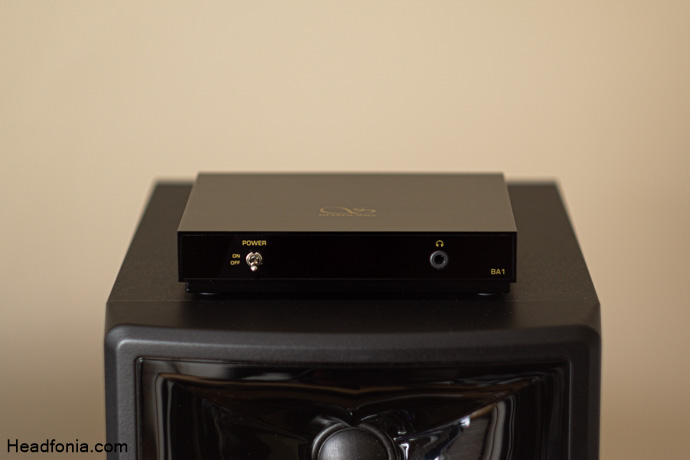
As for the midrange, using the RCA LO and LDAC, connected to my reference monitors, the result was excellent. The midrange is velvety smooth with a good amount of details and resolution. The BA1 reproduces vocals and mid-based instruments with a good body, thus the representation does not feel weak or thin. The delivery is velvety, there are no unwanted peaks or dips, it is just smooth.
The upper midrange is where the energy starts to build up, it is slightly more forward compared to the rest of the lower ranges and this gives the unit a nice boost in terms of dynamics and clarity. It is nothing serious, it is definitely not a peak-like boost, it’s subtle but can be heard with reference gear. The upper mids feel energetic, definite, and clean. The hi-hats are nowhere near hot, they rather feel clean and linear with good resolution. Overall, the midrange sounds quite good considering the price tag.
The highs of the BA1 is linear, clean and resolute. The resolution is very good for a wireless-first device and managed to impress me through my monitors. The highs manage to maintain energy but also they feel quite smooth and easy on the ears. The airiness and the extension is great also.
Technical Capability
The technical capability of the Shanling BA1 is boosted when it is used via LDAC and the RCA LO. The unit has a rated power output of 2vrms and using it with active monitors is quite easy. The BA1 offers good resolution and good imaging for the price tag. The stage is not the widest or deepest but the instruments have adequate air between them and the positioning feels very nice for this price range.
The vocals are nicely centered and treble-dependent instruments have room to extend. Apart from that, the PRaT feels good also, the attack and decay feels fast, thanks to the linearity and speed of the bass region. Overall, BA1 does not disappoint when it comes to technicalities and does a pretty good job here.
Comparison
vs. FiiO BTA30 ($89 USD)
The BTA30 is a DAC and transceiver from FiiO that offers successful wireless audio performance. Unlike the Shanling BA1, it does not come with an integrated amp stage and does not have a headphone output. Like the BA1, the BTA30 supports the highest codec standard, the LDAC. There is also a DAC chip difference between the two products. The BTA30 uses AKM’s AK4490 DAC chip whereas the BA1 is utilizing ESS Technology ES9218P. Although both products are close to each other in terms of performance, the FiiO BTA30 is about $80 USD cheaper.
I compared both of the products side by side and I’ll elaborate on my findings. The BTA30 sounds mellower and slightly less dynamic compared to BA1. It has a smoother upper midrange and top end, resulting in a smooth presentation. The detail level is similar, both of the products reproduce the details with finesse and both of their resolutions are quite good. FiiO has a slightly more focused headroom but both of the units offer good imaging.
If you are in the market for a DAC-only wireless unit, the BTA30 could be a great alternative. If you have IEMs in your inventory and could use the HPA, go for the BA1.
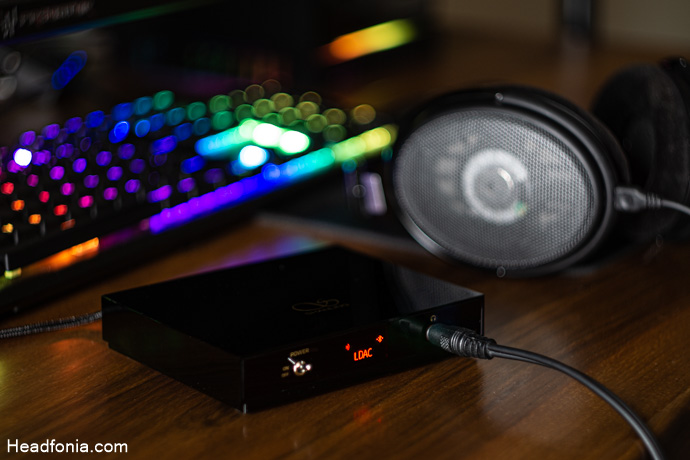
vs. Topping DX3 Pro+ ($199 USD)
The DX3 Pro+ is perhaps the most formidable rival of Shanling’s BA1. It features a newer chipset compared to BA1, from the same company, ESS Technology. The DX3 Pro+ utilizes ESS9038Q2M, a premium tier DAC chipset, and also comes with LDAC codec support. Just like the BA1, the DX3 Pro+ also features a headphone amp stage and it is quite powerful considering its size.
The 3.5mm HP output of the DX3 Pro+ can dish out 1.5w into a 32-ohm load, which is enough for most of the cans. It can be used as a separate DAC and PRE or DAC & AMP combo. It has full 24-192 USB decoding and it offers a better sound overall. The most obvious difference between the two is the resolution. The DX3 Pro+ offers better resolution and clarity, feels more dynamic. It also feels technically superior in imaging, PRaT and features a wider stage. It is also $30 USD more expensive compared to the BA1.
Conclusion
The Shanling BA1 is a good device, offering great wireless sound in a very compact and light chassis. It can easily be velcroed behind your reference monitors and bless them with wireless connectivity.
The sound of the LDAC codec is superior compared to USB input because of the wireless-first implementation and if you are in the market for such a device, you can definitely give this one a go.
Page 1: Shanling, Shanling BA1, Packaging & Accessories, Design & Build Quality, Features & Technology
Page 2: Shanling Controller App Support, Sound Performance, Technical Capability, Comparisons, Conclusion





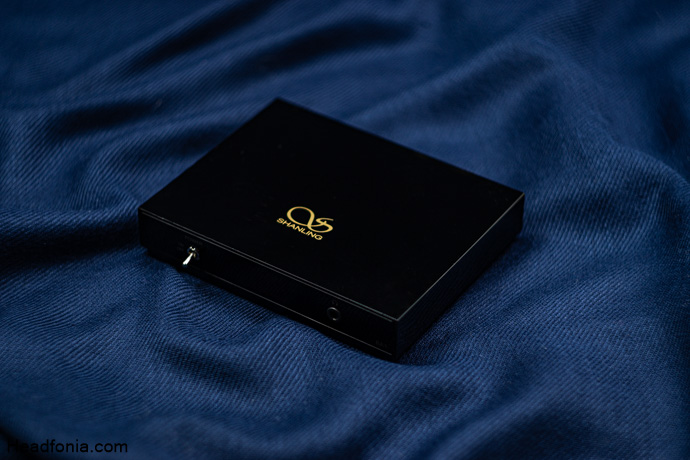
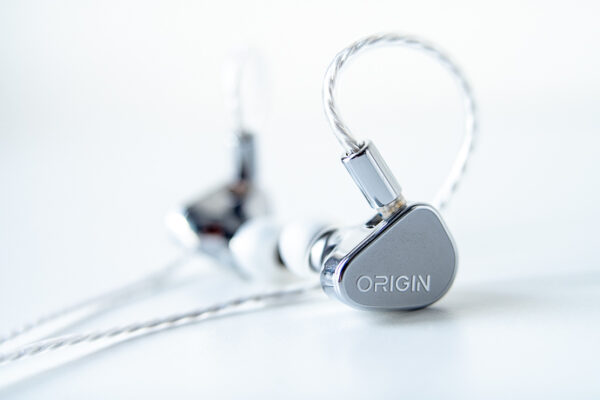
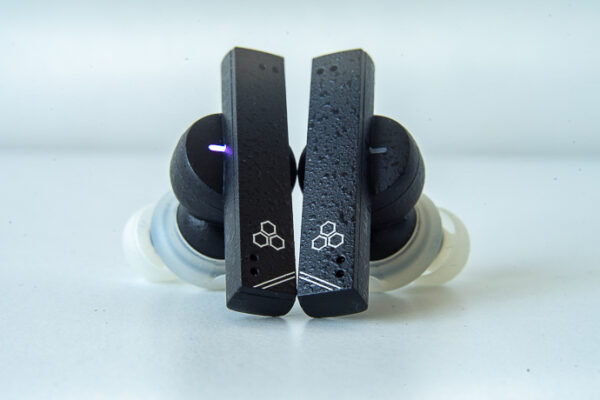
Charles
Thanks for the review Yagis, honest comparisons!!